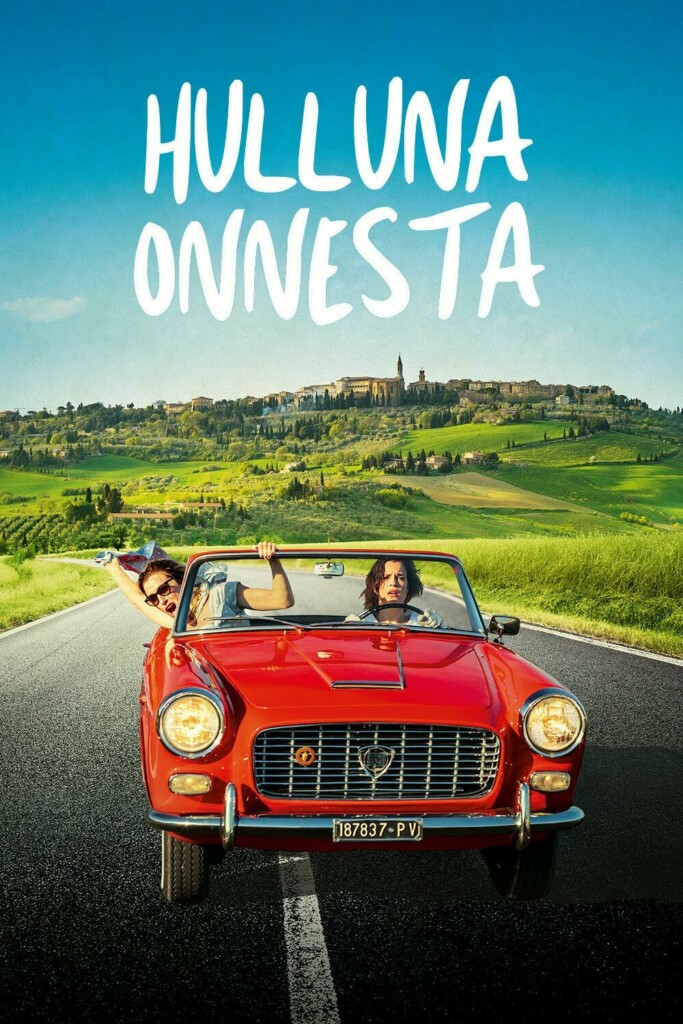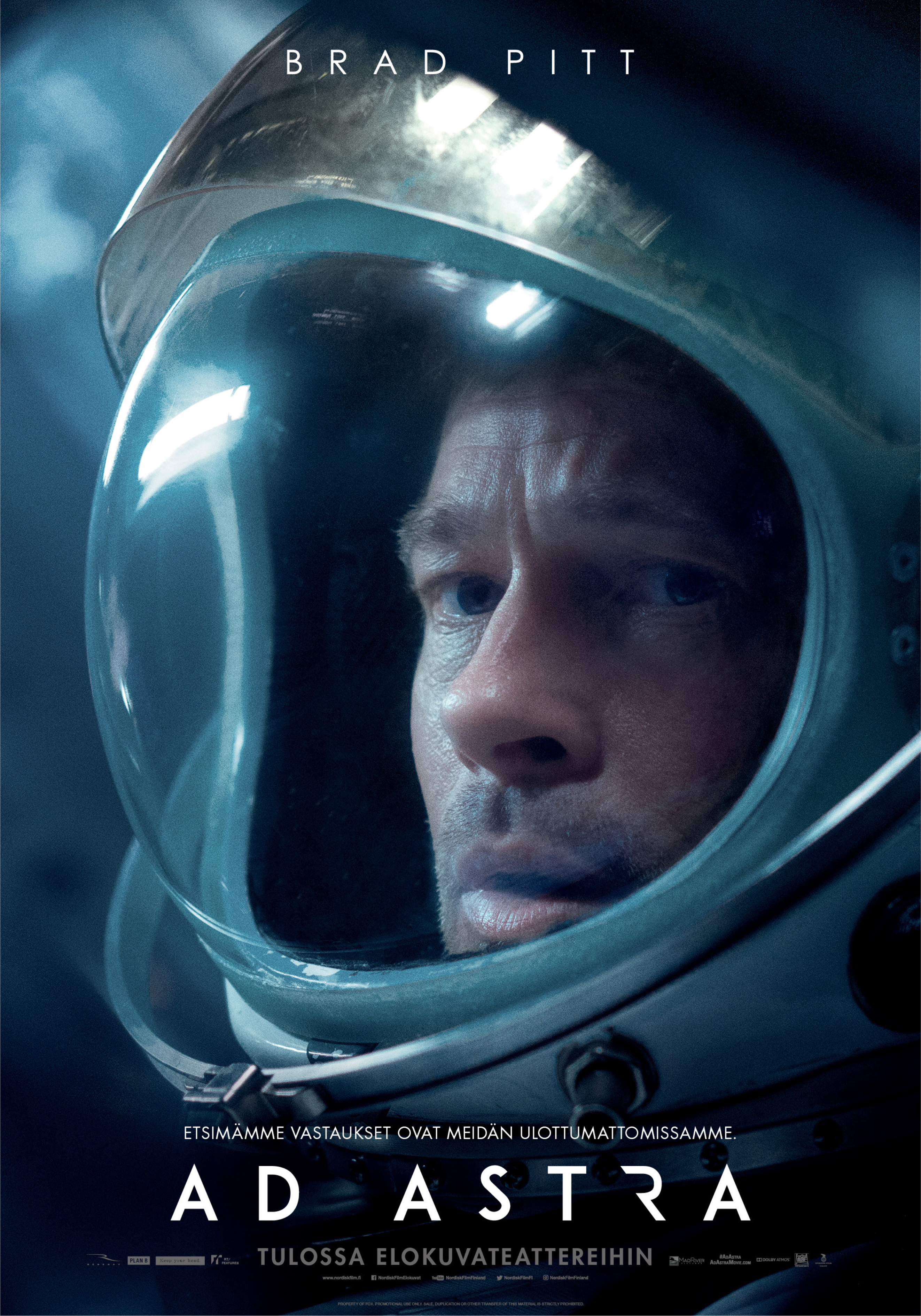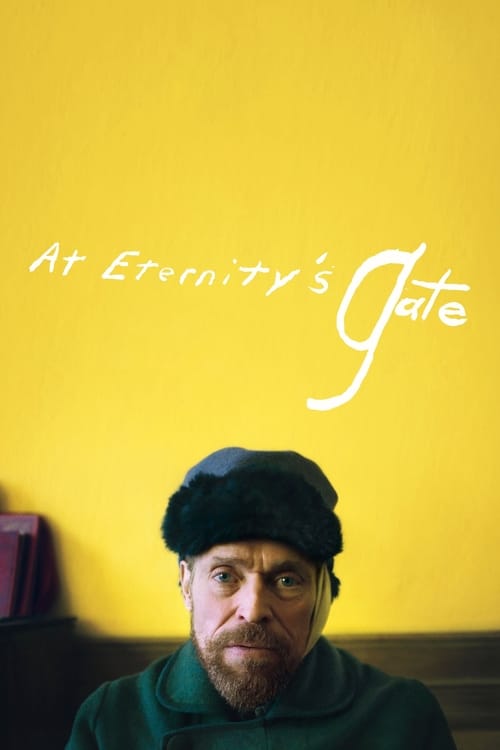
License required for the public film screening
According to the Finnish Copyright Act, public screening of the film requires permission. With the movie license annual permit, you can present the service's software from a source intended for private use of your choice.
Like Crazy
2017 | 116 min | K-12 | comedy, drama
Like Crazy (original title La pazza gioia) is an Italian film that revolves around two women, Beatrice and Donatella, licing in a psychiatric institution. They have very different personalities: Beatrice is energetic and talkative, while Donatella is quiet and withdrawn.
A friendship blossoms between the two women, leading them to escape the institution together in pursuit of adventure. Using an old car for their getaway, they encounter various unexpected situations on their journey, challenging their perceptions of life and themselves.
The movie explores friendship, freedom, and the concept of madness in a multifaceted manner, interweaving humor and depth through the story of these two women.

© Materials by Elokuvalisenssi.fi
Movie Themes:
- Mental health
- Friendship
- Freedom
- Society
-
Identity
Movie Objectives:
- Entertain and touch the audience
- Evoke thoughts and emotions about the movie’s themes
- Provide an opportunity to learn about Tuscany’s history and culture, as well as Italian cinema and its genres
Connection to Subjects:
- Finnish language and literature
- Drama
- Social studies
- Psychology
- Cultural awareness
- Ethics
- Film and media education
Discussion Topics After the Movie:
1. Personalities and Relationship of Beatrice and Donatella:
- How does the film depict the personalities of Beatrice and Donatella and their relationship?
- What do they have in common, and what sets them apart from each other?
2. Care Facility and its Staff:
- How does the film portray the care facility and its staff?
- Do you think the care facility is a good or bad place to be? How does it treat its patients?
3. Landscapes and Culture of Tuscany:
- How does the film present the landscapes and culture of Tuscany?
- How do these elements affect the film’s atmosphere and meaning?
4. Society’s Attitudes and Expectations:
- How does the film depict society’s attitudes and expectations towards women and mental health issues?
- How does the film criticize or satirize various societal phenomena, such as wealth, power, celebrity culture, and religion?
5. Movie Ending:
- How does the film conclude? Are you satisfied with the movie’s ending? Why or why not?
Tasks After the Movie:
1. Dramedy Analysis:
- Write a review discussing how the film successfully creates dramedy.
- Compare the film to other dramedies and analyze the elements the movie uses to create humor and tension.
2. Historical or Cultural Research:
- Conduct a small study on a historical or cultural phenomenon or person depicted in the movie.
- Explain what you found and how it relates to the film. For example, you can research the history of Tuscany, Italian psychiatry, Paolo Virzì’s films, or one of the film’s characters.
3. Storyboard:
- Create your own storyboard for a scene from the movie.
- Draw images, write dialogue, and provide instructions.
- Analyze how the film uses visuals, sound, and editing to create mood and meaning.
4. Film Review:
- Write your own film review expressing your opinion on the movie.
- Use arguments and examples from the film.
- Compare the movie to other films by Paolo Virzì and different genres of Italian cinema.
5. Essay Research:
- Write your own essay reflecting on the film’s significance as a cinematic classic.
- Use sources beyond the film, such as writings from film critics, historians, or cultural researchers.
- Discuss why the film is well-known and respected as an art form and what it represents for cinema and society.
Connection to the Curriculum:
Watching the film and related tasks support the objectives and content of the curriculum in various subjects, such as Finnish language and literature, history, social studies, visual arts, and music. The film can enhance students’ literacy skills, critical thinking, interpersonal skills, cultural competence, and ethical responsibility. It can also contribute to students’ well-being, mental health, and life skills.
This educational material is suitable for middle school and high school students. The material is designed to be flexible and adaptable to different learning situations and needs. It is intended to inspire and motivate students to watch and analyze films, as well as spark interest in film art and societal issues.
The educational material produced by Elokuvalisenssi
Watch the movies online
Rent now:






Buy now:






Watch free now:
About the movie
Subjects
- finnish
- health education
- psychology
- social studies
Keywords
- communication skills
- courage
- cultures
- differency
- educational materials
- Europe
- freedom
- friendship
- friendship skills
- helping others
- humoristic
- identity and growing
- Italy
- learning materials
- love
- media education
- mental health
- milieu and zeitgeist
- nature
- postion of women
- relationships
- thought awakening
Educational levels
- high schools and vocational schools
- middle schools
Genres
- comedy
- drama
Age limits
- K-12
Studios
- Scanbox




